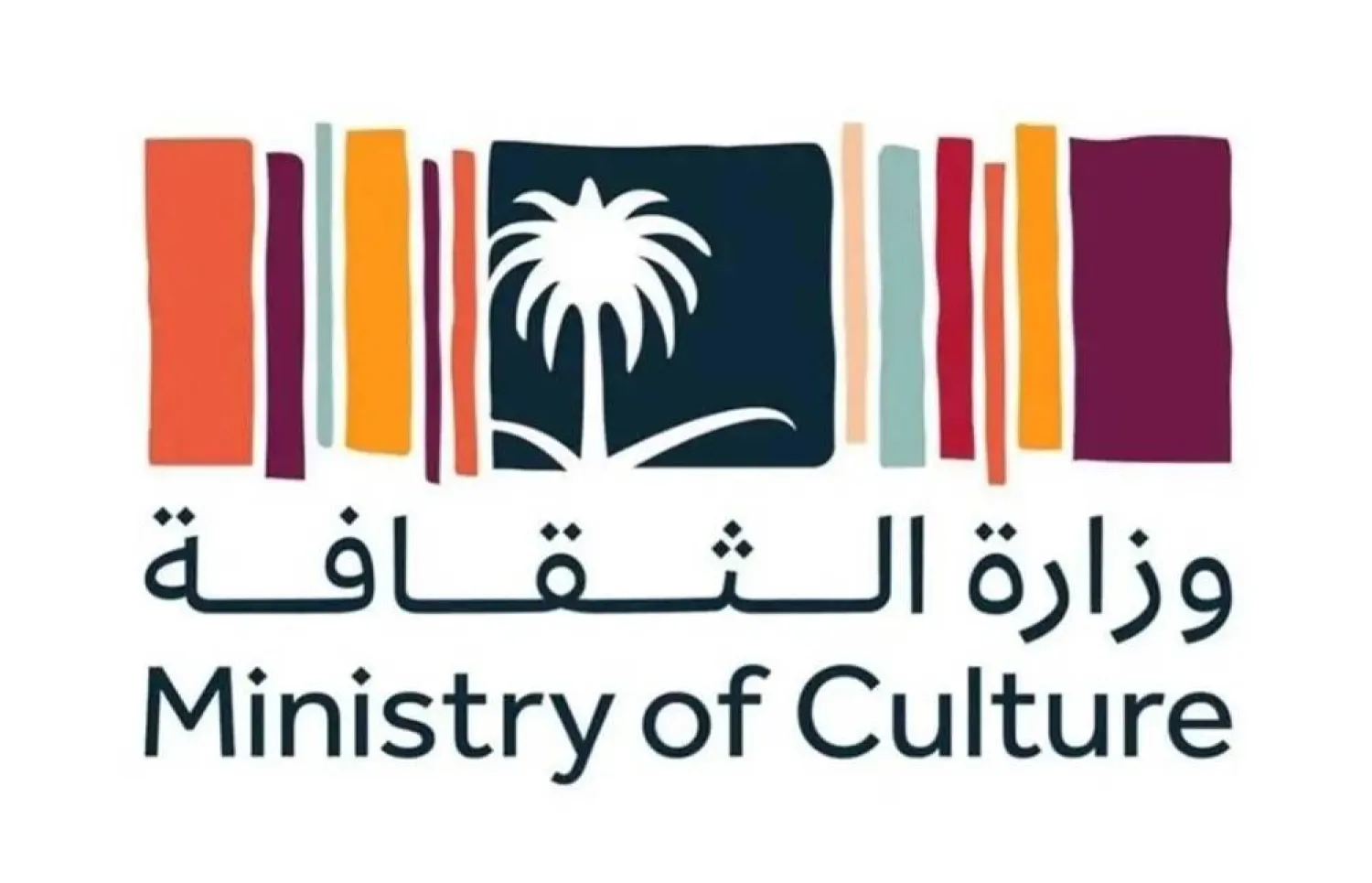In his new book, Researcher Dr. Ismail al-Salamat, explores the campaign of Turkish commander Ahmed Tusun Pasha known as ‘Tusun Pasha’ (second son of Muhammad Ali of Egypt) in the Arabian Peninsula, mainly Hejaz and Nejd in 1811 AD.
Few researches studied this campaign despite its significance in the political and military history of the first Saudi state that emerged in the heart of the Arabian Peninsula and resisted all the invasive campaigns.
Dr. Salamat’s book “Tusun Pasha’s Campaign against Saudis” presents a study with a historical narrative style that avoids illusions and emotions. It provides the details and results of this Egyptian-Turkish military campaign against the Saudi state; discusses its political, religious, and military incentives with a description of its launch from Egypt to Yanbu; and records all its military, political, and social events in Hejaz and Nejd including the injury of its commander, Ahmed Tusun Pasha in the Battle of Al-Safra and his defeat against the Saudi army, his return to Egypt, and death there.
Salamat explains that the first Saudi state was founded amidst local and foreign opposition that led to battles and conflicts, and highlights its strength in defeating its opponents inside and outside the Arabian Peninsula through the Saudi army’s attacks on Iraq and Syria. According to the researcher, “the local and foreign enemies of the Saudi state, especially in Iraq, cooperated in campaigns launched by the Ottoman Empire from Iraq.”
The author believes that these campaigns highlighted the loyalty of the resistant groups that joined the Saudi army to fight the Iraqi army in 1211 AD, and “the honorable, popular stance backing the first Saudi state against the local and foreign campaigns.”
Salamat also explored the situation in Syria at the time. Saudi Arabia led by Abdelaziz bin Muhammad Al Saud used to receive some Zakat money from the Syrian desert, which indicates that the Saudi ruler had some influence there. Then, several Saudi campaigns headed to Syria, but the Vilayet of Syria failed to resist it. Therefore, the Ottoman Empire assigned Ahmed Tusun Pasha to lead a campaign in Hejaz to undermine the first Saudi state. The author writes that Tusun Pasha used bribes to gain the support of locals and tribes, exploiting the hard economic circumstances that dominated the country at the time.
The book cites the facts of Tusun Pasha’s campaign and how it didn’t achieve its goals. The conflicting parties were convinced that the war will have catastrophic consequences for both, so, they signed a reconciliation agreement and a truce. After the reconciliation, Tusun returned to Cairo, but the truce fell after almost one year, when Abdullah bin Saud launched wide-scale campaigns against the regions and tribes that backed Mohammed Ali Pashsa, who, in turn, realized that he had to launch a new campaign to Nejd and Hijaz, and assigned his son, Ibrahim Pasha as the leader, knowing that Tusun can’t destroy the Saudi state.
The author believes that this campaign was a response to the geographic expansion of the emerging Saudi state, which comprised most of the Arabian Peninsula. The Ottoman Empire, which represented the Islamic world at the time, acknowledged the danger that threats it influence, and decided to fight the first Saudi state. And when they realized they cannot undermine it with the help of their proxies in Iraq and Syria, they decided to send their armies to fight.









